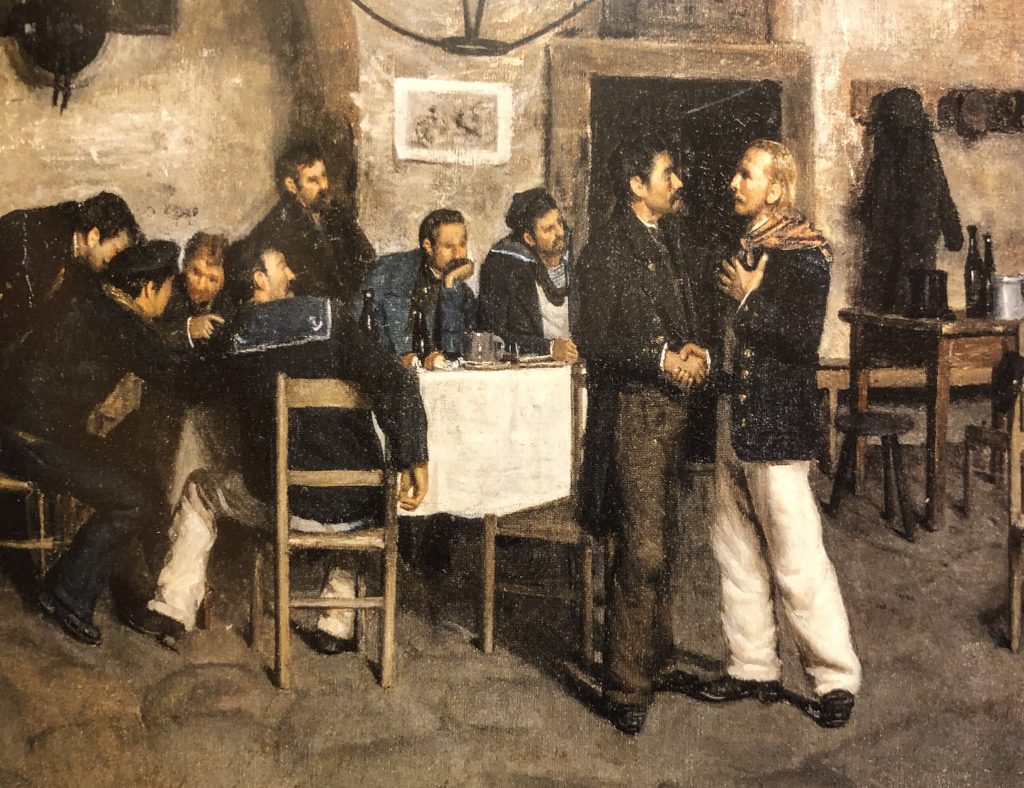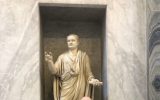
(Italo Nunes Vais 1881-1883)
Napoléon Bonaparte’s (1769-1821) campaigns in Italy gave the Jews a taste of freedom and equality that they had not experienced in centuries, says Rabbi Riccardo Di Segni, Chief Rabbi of the Jewish Community of Rome.
The desire to have a homeland, for all Italians, was particularly heartfelt among the Jewish population by the desire for equal rights to all other citizens, says Ruth Dureghello, the first woman president in history of the Jewish Community of Rome.
The Jews, Roman and from the entire peninsula, played a leading role in the Risorgimento route to emancipation and freedom that led them to the jubilation of civil rights and more importantly, guided Italians to national unity, breaking the yoke of foreign control, says Alessandra Di Castro, President of the Foundation for the Jewish Museum of Rome.
For three centuries (1555-1870) a walled and gated ghetto separated the Roman Jews from the rest of the population, the gates opening at dawn and closing at dusk. In the eyes of the Catholic Church, subordinate Roman Jews living in the Ghetto proved the temporal power of the popes.
The theme of redemption and pride in who they were, consistent throughout Jewish History, became an inspirational ideal model for the new leaders of the Italian Risorgimento, such as Massimo d’Azeglio (1798-1866) and Giuseppe Manzini (1805-1872) and documents and letters confirmed their connection with the Jewish Community of Rome.
Recalling this fascinating story of the Roman Jews from the Roman Republic of 1849 to the proclamation of Rome as the capital in March 1871, utilizing artwork and documents, is a new exhibition at the Jewish Museum of Rome entitled:
” 1849-1871. The Jews of Rome between Segregation and Emancipation”
Curated by Giorgia Calò and Francesco Leone.
The exhibition was made possible under the auspices of the Jewish Community of Rome and the Foundation for the Jewish Museum of Rome, with the collaboration of the Cultural Heritage and Activities Department of the Jewish Community of Rome and the Capitoline Superintendence for Cultural Heritage, with the support of Acea SpA , of the David Berg Foundation, of Ronald S. Lauder and of an international philanthropic foundation.
In addition, visitors to the Jewish Museum of Rome can download a free museum audio guide that walks them through the museum’s collections.
The museum also provides a free fifteen-minute guided tour in English and Italian of the Great Synagogue with museum staff educators.
Further Information
Jewish Museum of Rome











